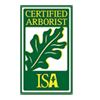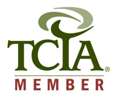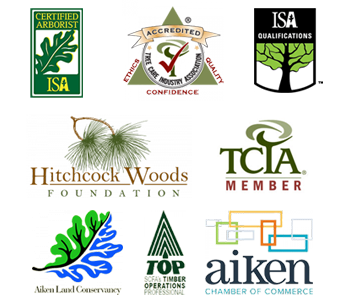Tree Nutrients.
Certified, Qualified and Accredited.
What are nutrients? In the world of horticulture, the discussion of “nutrients” comes up quite frequently. Even the first time gardener or proverbial “brown thumb” gardener knows they are important. But what exactly are they? The answer is not as complex as you may think. Simply put, nutrients are elements necessary for plant growth. That’s it! Elements, from the periodic table of elements, but only a specific 13 of them that are essential for all plants to develop and function properly.
Where do nutrients come from? This is a good question. 45% of soils are composed of mineral material, substances such as calcite or silicate and many others that originally derive from the breaking down, or weathering, of bedrock. As those minerals continue to weather even further, they return to their elemental form and, voila, nutrients are left remaining in our soils. These nutrients dissolve in water and are absorbed into plants through their root systems. Now some soils are much richer in nutrients than others; that has much to do with the original bedrock from which the soil formed. In instances where the nutrients are lacking, agriculturists and hobby gardeners can supplement with additional nutrients in the form of fertilizers.
Which elements are nutrients? As mentioned previously, not all elements are needed for plant growth. That would be pretty extreme, since there are arguably elements out there that scientists haven’t even discovered yet! The list for plants is comparatively small consisting of only 13 elements. Plant nutrients can be divided into two groups, Macronutrients and Micronutrients. Macronutrients are those elements that are needed by the plant in large quantities. These include nitrogen (N), phosphorus (P), potassium (K), calcium (Ca), magnesium (Mg), and sulfur (S). Of these, nitrogen, phosphorus and potassium are considered primary nutrients, as these are the three needed in greatest amount, and are thus most commonly lacking in the soil. Micronutrients are just as important to the plant, although needed in smaller quantities. The micronutrients are boron (B), copper (Cu), chlorine (Cl), iron (Fe), manganese (Mn), molybdenum (Mo), and zinc (Zn).
How exactly do nutrients function in a plant? Nutrients are important for lots of different reasons, and that all depends on the specific element. Let’s discuss the primary nutrients as an example. Nitrogen is a component in chlorophyll, the pigment that turns plants green and allows them to make their own food through photosynthesis. So, nitrogen promotes green growth of the plant, mostly in leaves and stems. Phosphorus is a key element that allows plants to grow flower blooms. Since flowers are the means by which plants develop viable seeds, phosphorus is essential to plant sexual reproduction. And lastly, there is potassium. Not much is known about the function of potassium in plants. More is known about what happens to a plant when potassium is lacking. From such information, botanists have discovered that potassium helps plants to resist disease, cold weather, and other adverse conditions.
What happens if a plant can’t get nutrients? Well, that’s a pretty serious problem. Plants will show definite signs of nutrient deficiency, a lack of the proper amount of one or more nutrients essential for growth. Again, let’s use the primary nutrients as an example. Since nitrogen is important to the development of chlorophyll, nitrogen deficiency will cause plant chlorosis, or yellowing. Phosphorus deficiency can be seen through small or no blooms, but is easier seen in the purple coloration on the outer margin, or outside edge, of leaves. Potassium deficiency reveals itself through chlorosis as well, but it will be seen in a v-shape from the margin of the leaf inward.
If you think your landscape may be showing signs of nutrient deficiency, fertilizers are an option, but you have to complete your research first. A soil test can reveal whether the problem is nutrient deficiency or perhaps a concern with soil pH. How does pH affect plants? That’s a topic for another day. For additional information or for tree health assessment, please contact us today!










